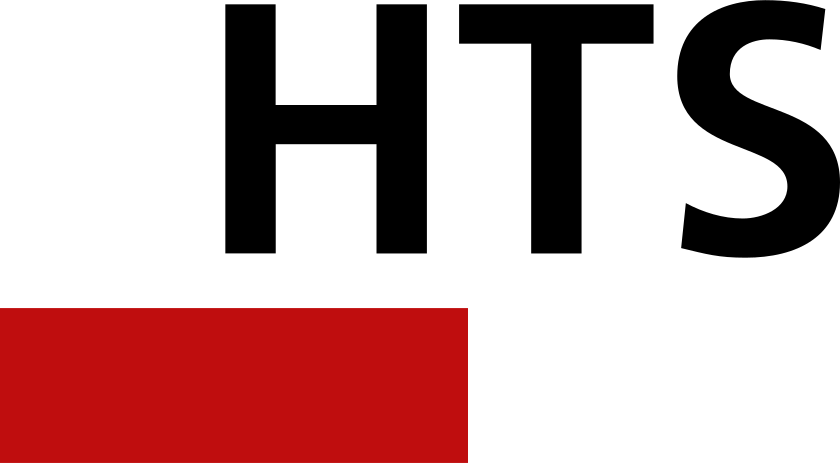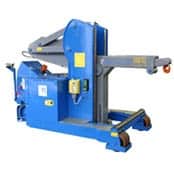
This time, we take a brief look at the legislation that governs lifting equipment. We will cover who it applies to, what kinds of equipment are subject to the regulations and what you need to consider when using it. For starters, let’s look at a brief definition of what lifting equipment is.
In broad terms, lifting equipment is used to describe any equipment that is used in the workplace that lifts or lowers loads. It also covers any accessories you might use in the process, that might hold the load in place or stabilise the equipment while it’s in operation. So the term will cover equipment such as a forklift truck, a crane, a vehicle inspection platform hoist and even a hydraulic jack, for instance. In terms of accessories, this might cover such items as chains, hooks and eyebolts used in the lifting operation, either to secure or move the load in question. Different types of machinery and tools in the workplace may be subject to multiple regulations. Any equipment used in a work environment, for example, is covered by the Provision and Use of Work Equipment Regulations (PUWER). But equipment that is utilised in lifting or lowering loads – or indeed people – is additionally covered by the Lifting Operations and Lifting Equipment Regulations (LOLER). The requirements to be met under PUWER are there to ensure that health and safety risks to anyone using equipment such as a toe jack or machinery skates and rollers are minimised. This is partly done through the proper selection of the right equipment for the job.
Further, the regulations cover requirements to make sure any such equipment is used in a safe manner by individuals who have been properly trained. Finally, they demand that routine inspection and maintenance is carried out to ensure it remains safe to use. As noted, LOLER will also apply to any item or accessory used in lifting or lowering loads. The more detailed (but additional) requirements this imposes are in terms of ensuring that lifting operations are planned in advance and potential risks identified so they can be mitigated. The operation must be carried out by a competent person and supervision must be provided to make sure it’s done safely. The regulations cover such factors as assessing that the equipment is stable and capable of lifting the load in question. Additionally, everything from cranes to moving skates must be clearly marked to inform all workers of the safe working load (SWL), which is the maximum weight it can lift safely. There are further requirements where people are to be lifted. It’s well worth noting that ‘lifting equipment’ covers any such equipment mentioned above when used in a work situation, and it doesn’t matter whether your company has bought and owns it or you have hired it in for short term use.
This is what makes it so important that, when you buy or hire lifting equipment for the workplace, even if it’s machinery skates or a 2 ton toe jack, you do so from a reputable company. That way, you can be more certain that you receive the right advice, that the apparatus or machinery is fit for purpose, in good condition and has a decent warranty from the outset.


 Download our 2025 HTS Brochure
Download our 2025 HTS Brochure